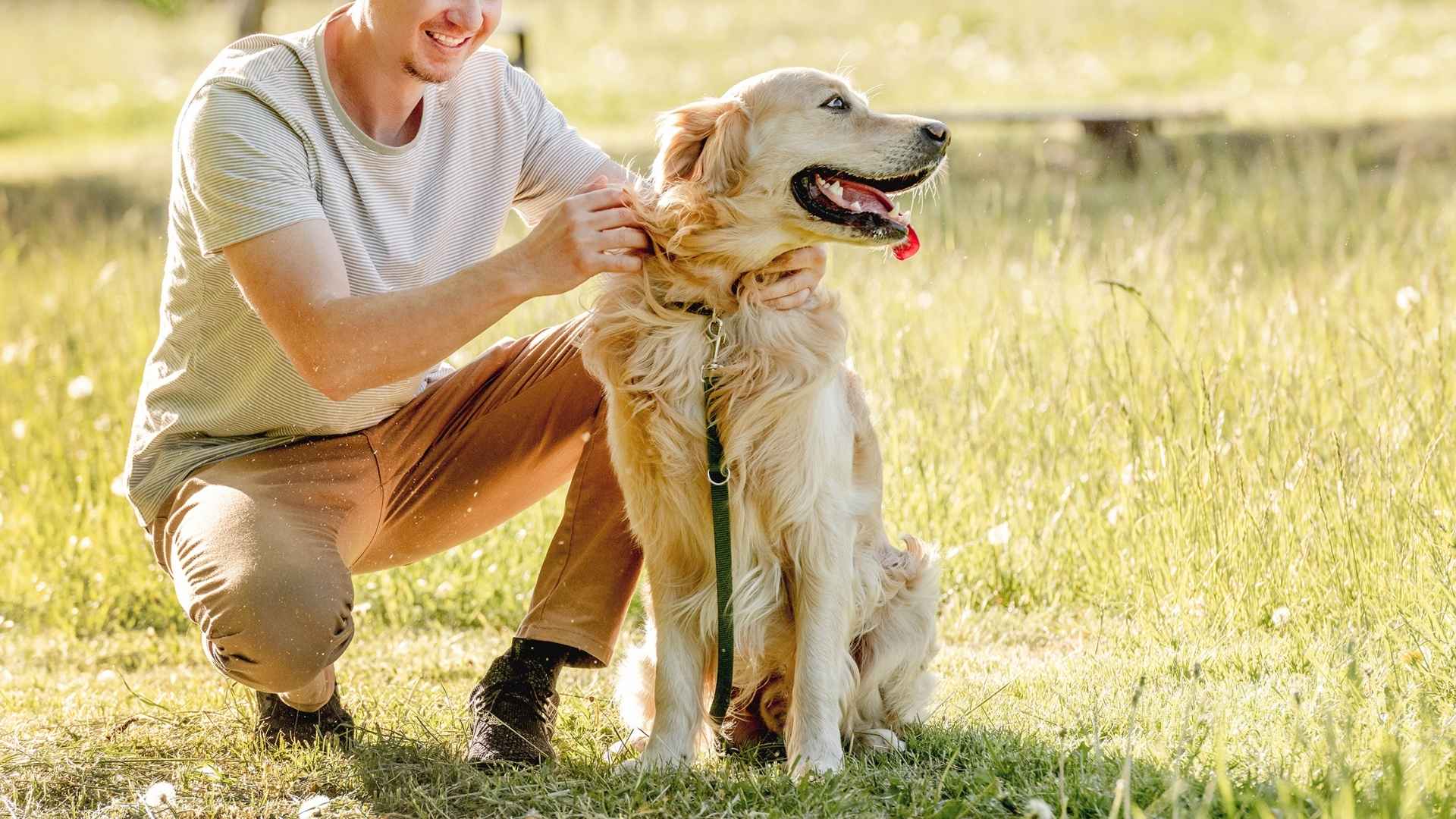Some dogs will love you more than your best friend, more than your partner, maybe even more than you love yourself. That isn’t sentiment. That’s reality for certain breeds.
These dogs bond intensely, stay close physically and emotionally, and read your cues like they were born to care for you. Their love doesn’t come in bursts. It’s constant. They don’t need a reason to be near you; they just like to be near you.
And if you leave, even for a short trip, they’ll be at the door waiting with the same wide-eyed trust every time. This kind of affection can be overwhelming, even surprising, but for many people, it’s exactly what they’re looking for. A connection that feels complete. A relationship that isn’t temporary.
In the sections that follow, you’ll meet the dog breeds most likely to love you more than anything else. And they won’t make you guess how they feel.
Dog Breeds That Will Love You More Than Anything Else
1. Golden Retriever
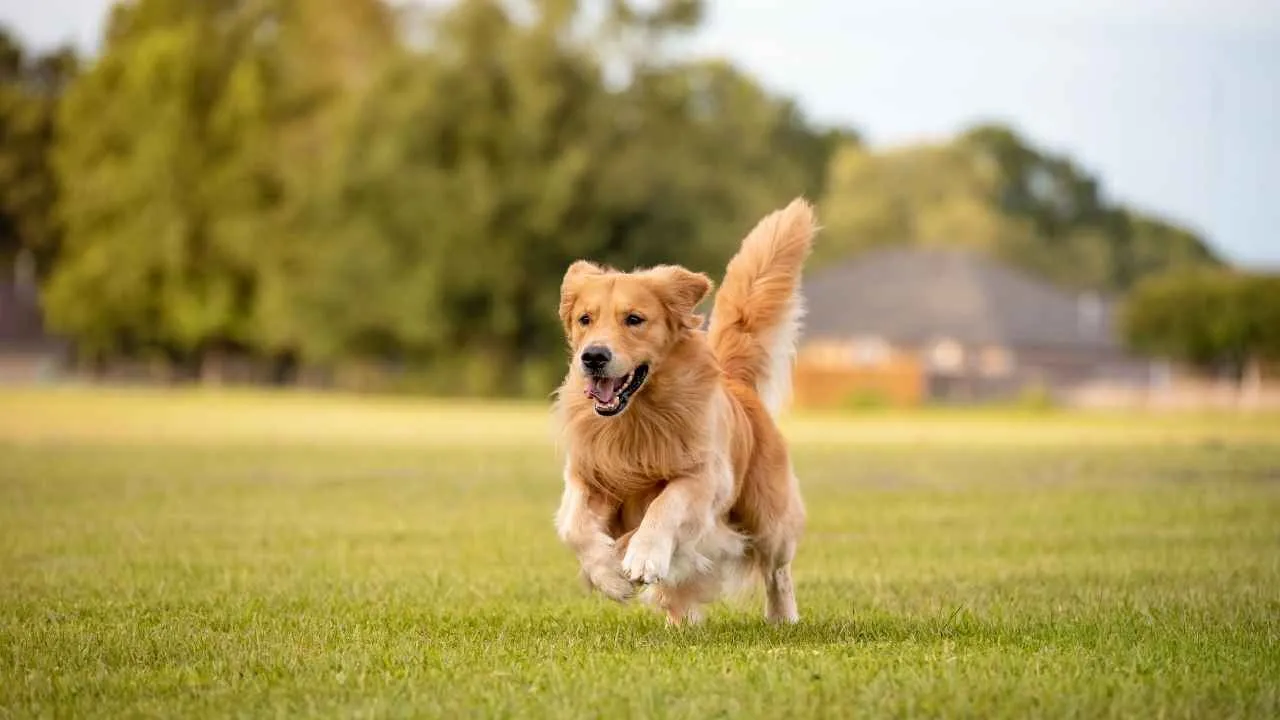
Golden Retrievers are known for forming lasting emotional bonds and checking in frequently on their humans. They stay nearby, track voice tone changes, and tend to nudge for reassurance when moods shift. That instinct makes them one of the most emotionally present breeds.
Intuition for Comfort
They often pick up on stress, illness, or sadness without being trained for it, and respond with immediate closeness. Their body language softens, and they position themselves to be touched or hugged. This intuitive warmth is deeply tied to their role as therapy dogs.

Need for Companionship
This breed does best with consistent human interaction, especially in shared daily routines. Whether walking beside you or sitting close during rest, they don’t drift far. Time alone for too long can lead to visible signs of sadness or quiet searching behavior.
Expressions of Affection
They show love through physical closeness, often placing their head on their laps, leaning against legs, or lightly pawing for attention. Golden Retrievers are among the most affectionate dog breeds in terms of both frequency and intensity. They don’t withhold emotion, even as adults.
2. Australian Shepherd
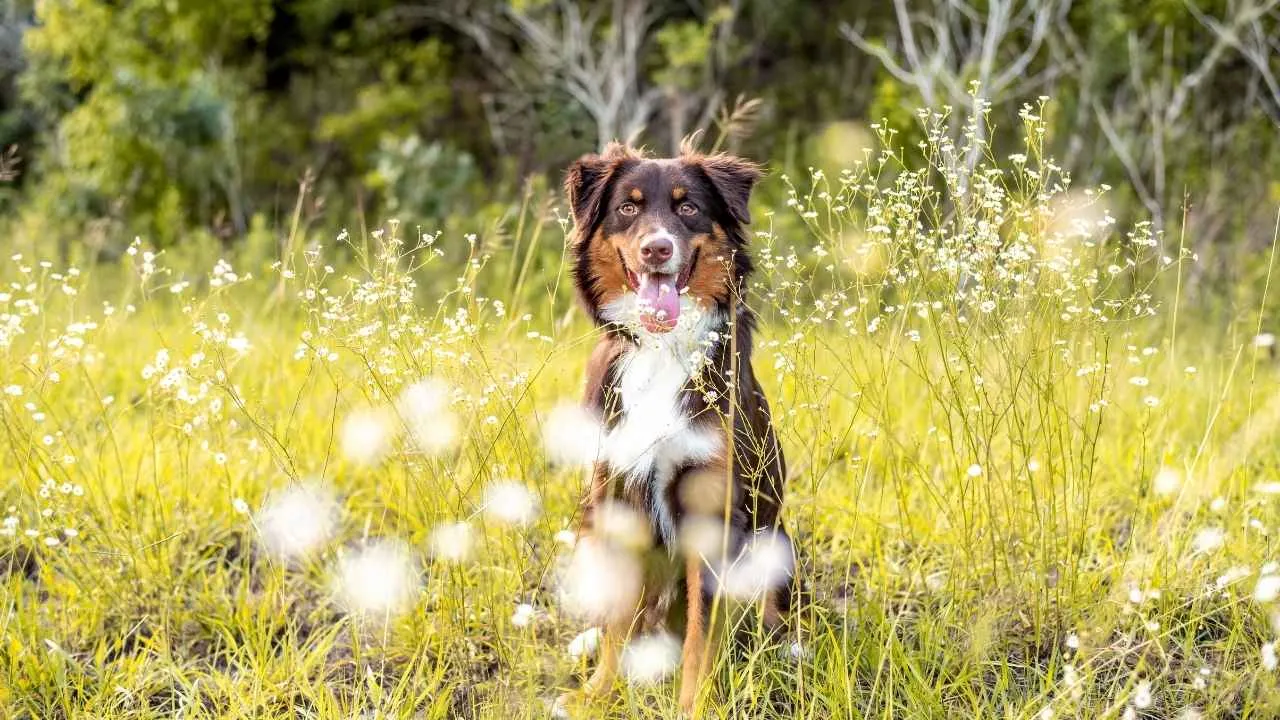
Australian Shepherds show emotion through eye contact, body closeness, and touch-based responses. They often press their head or shoulder against their person during rest. These small gestures appear daily and are part of how they maintain emotional bonds.
Attachment Through Routine
They form stronger attachments when involved in consistent tasks or movement throughout the day. Participation in even basic routines like gardening or errands satisfies their need for inclusion. Being left out causes restlessness and a noticeable drop in energy.

Driven by Connection
This breed is deeply motivated by approval, connection, and time spent with those they trust. It responds to affection with increased attentiveness and alert behavior. Their affectionate nature makes them seek interaction beyond basic attention-seeking.
Intelligence in Social Settings
As one of the most intelligent dogs, the Australian Shepherd is quick to pick up emotional cues and household patterns. It adjusts behavior when someone is upset or distant, often becoming more physically present. This awareness builds its affectionate personality over time.
3. Bernese Mountain Dog
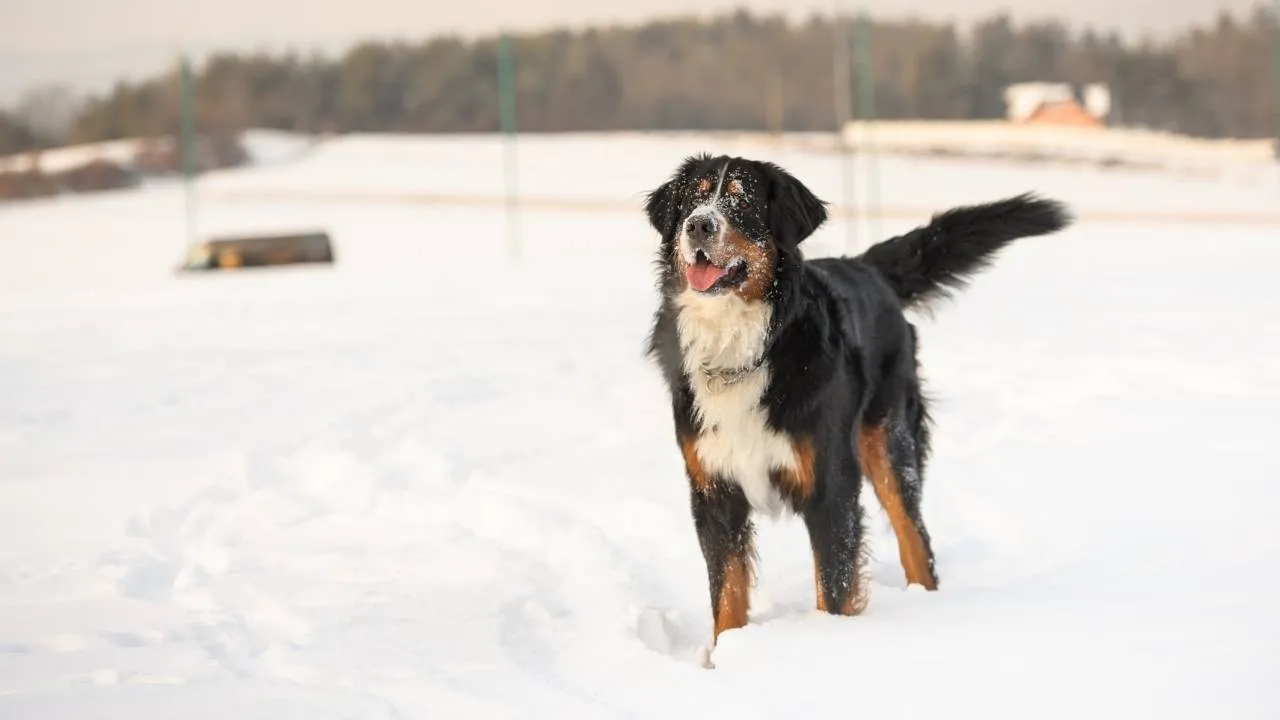
Bernese Mountain Dogs are known for their slow, gentle responses and close emotional tracking of their owners. They stay within visual range and often shift position just to stay near. That subtle shadowing behavior makes them highly intuitive companions indoors and out.
Sensitivity to Tone and Energy
They respond strongly to calm voices and relaxed presence, but can become visibly withdrawn if tension rises. A well-socialized Bernese often mirrors the emotional tone of its household. Their balance of calmness and connection makes them ideal for therapeutic settings.
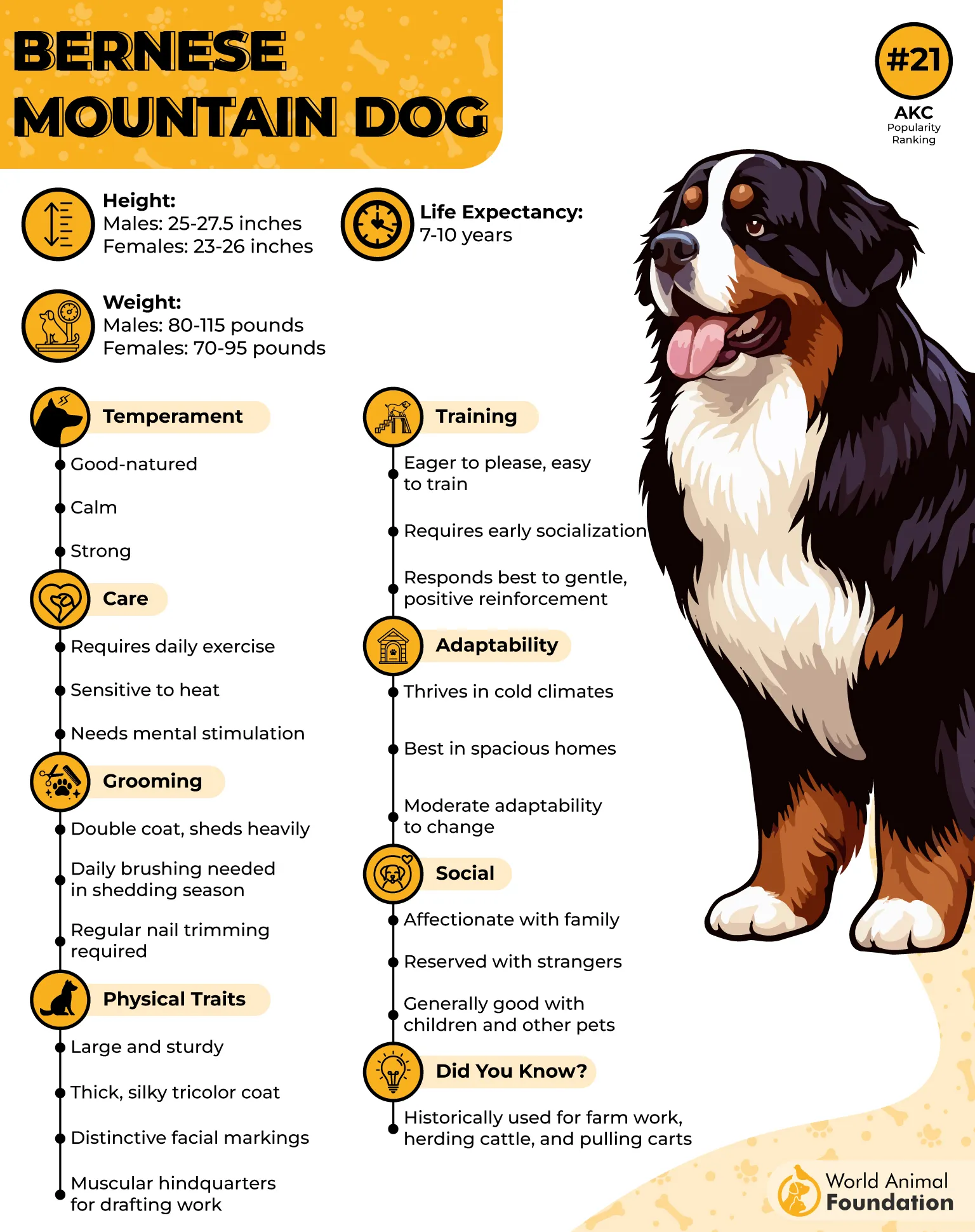
Best in Bonded Routines
These dogs thrive on human interaction and do best when included in everyday routines. They enjoy simply being part of family movement — whether during chores, walks, or quiet sitting. This consistency forms their deep-rooted sense of attachment.
Easily Guided and Reassuring
Even a first-time dog handler can work with a Bernese due to their eagerness to please and low reactivity. Their predictability creates comfort, especially for children or the elderly. They’re regarded as among the most affectionate companions in multi-member homes.
4. German Shepherd
German Shepherds are widely recognized for attaching themselves deeply to one or two people within the household. They often position themselves near doors or beds as a quiet way of guarding and staying close. Their loyalty is visible in their eye contact, still posture, and alert presence.
Responsive and Sensitive
They respond not just to commands, but also to emotional signals and tone changes from the people they trust. Stress or tension in the home may cause them to stay close or follow quietly. This natural emotional awareness makes them one of the most devoted companions in many homes.
Physical Energy and Engagement
German Shepherds require both physical and mental activity, often thriving in structured environments, as PetMD mentioned. As one of the most intelligent and energetic dogs, they bond more deeply when they’re actively involved in routines. This includes walking beside their person or performing tasks.

Need for Daily Closeness
Their need for closeness goes beyond touch — they want to feel included in everyday life. They often rest where they can observe their human and stay attentive for movement. These behaviors are part of what places them among affectionate breeds with strong emotional ties.
5. Boxer
Did You Know: Boxers are one of the few breeds that often “kidney bean” — a unique, wiggly body movement they display when overly happy or excited to see someone they love.
Boxers are known for sticking close to their humans, often choosing to follow them from room to room throughout the day. Their gaze is observant, and they respond quickly to changes in mood or tone. This constant awareness makes them feel more like a companion than a pet.
Emotion-Driven Behavior
This breed forms deep emotional connections and often displays them through protective behavior or physical closeness. The boxer seeks interaction throughout the day. They lean in, stay close, and wait for even subtle gestures of affection.
Energy Shared with Affection
Boxers are among the most active dogs, but don’t burn energy alone — they thrive when play involves their person. Tug-of-war, chase, or interactive games fuel their joy and bond-building. Their affection often peaks during shared activity, not just quiet time.
Strong Bonds Beyond Their Family
Although naturally watchful, Boxers show friendliness when properly socialized with other dogs, as Petplan mentioned. Their attachment to their primary human remains unmatched, often paired with bursts of excitement after short absences. This response is more intense than in many other breeds.
6. Cavalier King Charles Spaniel
Cavaliers are highly responsive to tone, posture, and facial expressions, adjusting their behavior to suit their owner’s mood. They tend to follow quietly, rest their head on their laps, and softly whine if they sense distance. This makes them emotionally present in everyday companionship.
Closeness Through Touch
This breed craves regular physical contact and is often happiest when resting against the chest or curled beside a person. They’re eager to be held, gently stroked, or kept in close view. It’s no surprise they’ve remained among the most beloved lap dogs in multiple surveys.
Loyalty That Stays Constant
Cavaliers have a habit of sitting near doors when their humans leave and often track footsteps around the house. This pattern reflects their natural attachment and constant attention. Many owners describe them as fiercely loyal without the need for formal training.
Softness Without Emotional Distance
Their affection is shown through nuzzling, light tail wags, and small vocalizations when greeted or spoken to. Among the sweetest dog breeds, they rely on daily closeness and shared spaces. Even short absences can lead to quiet waiting in familiar spots.
7. Labrador Retriever
Labrador Retrievers are widely recognized for their emotional support capabilities, especially with children and individuals facing anxiety or trauma. They often stay physically close, leaning in when someone is seated or resting. This contact-based closeness reinforces a comforting presence.
Expressions of Attachment
They build deep bonds through repeated daily connections, often shadowing their favorite person from room to room. Labradors initiate contact without being overbearing, using gentle nudges or eye contact to maintain interaction. This attachment grows stronger with routine involvement.
Energy That’s Love-Fueled
As high-energy dogs, Labradors channel their movement into interaction, whether through play, fetching, or simply following. Their enthusiasm is rarely random — it often centers around whoever they’re emotionally linked with. That attentiveness keeps them actively engaged with their human.
Balanced Disposition
Though playful and alert, Labradors are known for their calm temperament when indoors or in structured settings. They don’t need constant stimulation to remain peaceful. This balance makes their loving nature easier to live with across a range of lifestyles and family dynamics.
Conclusion
Some dogs never let you feel alone. They follow quietly, sit close, and seem to understand what you need without asking. These velcro dogs are more than affectionate; they’re constant.
Whether it’s gentle giants leaning into your side or little dogs curled beside you, the connection feels unshakable. Their playful personalities keep the energy light, but underneath, there’s a depth that doesn’t fade.
Curious dogs may explore, but these breeds always come back faster and closer than before. For those looking for boundless affection and a presence that won’t disappear, you now know the companions that truly stay.


